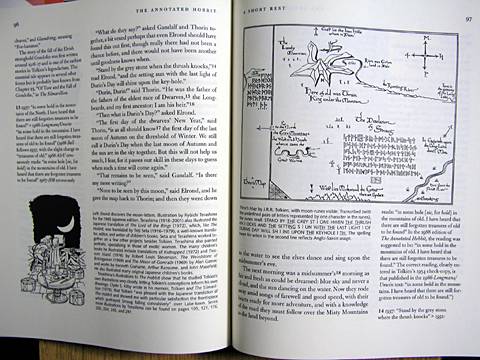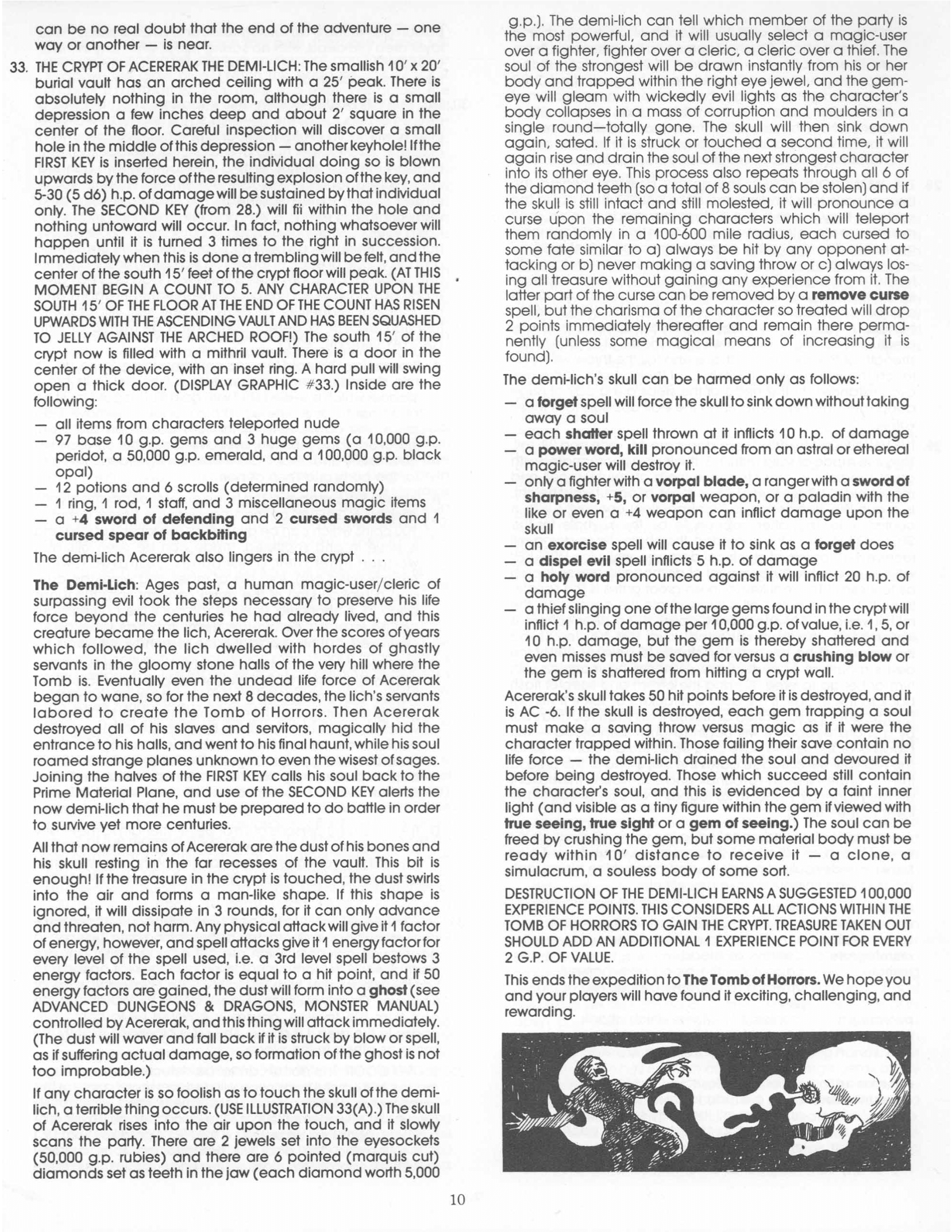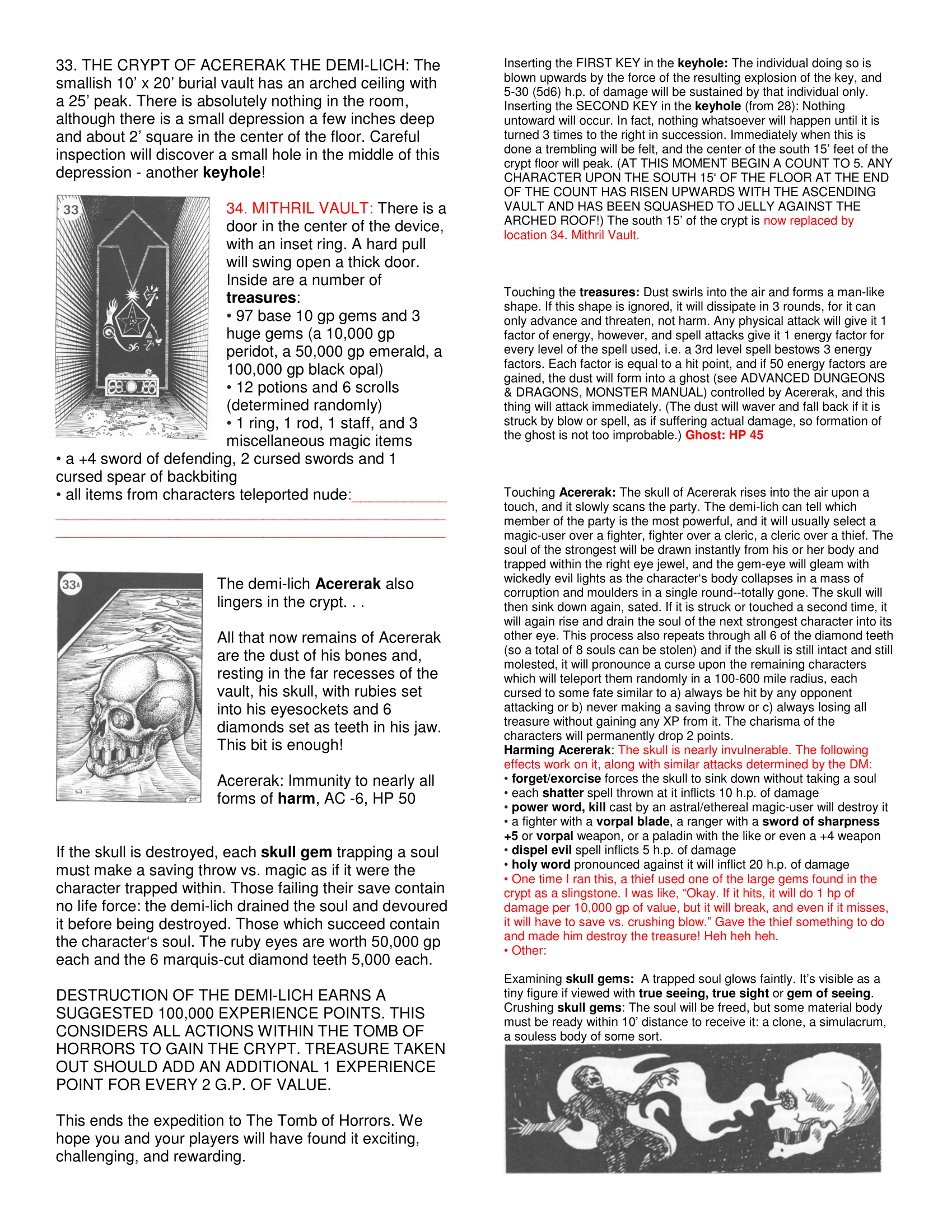Ok, I do love the Marvel Superheroes RPG but, seriously: It's 2016. Marvel Superheroes RPG came out some time before the Roman Conquest. Why isn't there a better superhero RPG yet? W. T. eff?
To establish context, let's start with the game's massive flaws:
-Character Generation Is Basically A Big Shrug
The only way to make a character is just make them up and ask the GM "is this ok?" or else roll powers totally randomly. This is fun d10 times and then you start going "Ok, can my fish man have fish powers instead of Blimp Control?" The little bibs and bobs around the edges--Aliens have a 5% chance of being able to lift 75 tons, Robots have a 2% chance, Mutants never can--seem to be aiming at genre conventions only Jeff Grubb could see. In a niche where it's already very hard to get the players to keep a straight face, Marvel's character gen system does not help.
-Low-Powered Heroes Feel Alike:
Well ok Shang Chi, Master of Kung Fu, he'd have....Martial Arts A, B, C, D, and E, surely? I mean, he's not the fucking Bachelor of Kung Fu. And Captain America has...the same. There's no real way to have Cap be unbelievably hardcore and Shang Chi to be also unbelievably hardcore but in a different style.
-Magic is Half-Assed:
Just like in the comics, really. In the basic set it's just like regular powers except called 'magic', with the special magic book it's suddenly immensely complicated to the point of almost being a whole new game. Plus lots of Michael Golden pictures of Dr Strange.
-Without the Ultimate Powers Book You're Screwed. With It, You're Also Screwed:
In the basic set Energy Absorption just allows you to avoid damage from energy but not to like do anything with it. Which is how energy-absorbing powers work in exactly no comic books ever. But then so you get the Ultimate Powers Book and you can have it work like you expect but then like there are tons of wonkily-written accidental hyperpowers like Temperature Control that basically let you kill anyone instantly.
-Leveling Up Isn't Interesting:
Your stats incrementally go up with experience. Today you're Spider-Man, but tomorrow you'll be...stronger Spider-Man.
-It's from 213 AD:
Elektra's dead, Ice Man's in the closet, Iron Man is red and white with triangles holding his arms on. Also Ronald Reagan is president. This is worse than the Wildstorm universe.
Why Is It The Best Anyway?
-Character Gen Will Not Sap Your Will To Be
Character gen in Marvel may be a mess, but unlike in Champions and its descendants Mutants & Masterminds and Wild Talents, it's not trench warfare. These systems want to help you make new superpowers. which is nice because lots of gamers like to invent new superpowers--but unfortunately only a relative wee few want to sit alone and learn what amounts to a proprietary analog programming language just to make a character. Like I said before: a system that makes a new player choose between Enhanced Disarm and Disarming Finesse is not for anyone I know.
-Combat Is Unpredictable And Kinetic
Damage is standardized in FASERIP--a She-Hulk punch pretty much always does 75 health. But this simplification is made to allow space in the standard combat round for a greater complexity--namely, a degrees-of-success system which means the game tells you whether that punch just hurts, stuns the opponent, or knocks them through a wall. Same goes for every other kind of damage. This is FASERIP's main and indispensible feature: the 4-color chart ably and easily makes every category of comic-book attack from kicking to slicing to setting a mother on fire feel and work a different way--especially once you get the hang of the dodge and evasion mechanics for the weaker, quicker characters. You can have a session that's nothing but one long fight and like it--just like a comic. Compared to FASERIP, everything else is just D&D with shinier clothes on. Except Wild Talents which is just roll roll FUCK WHAT HAPPENED THIS TIME I DON'T KNOW HOLD ME I'M SCARED. And Marvel Heroic which is just playing Artisanal Yahtzee and then claiming those dice represented something Deadpool did.
-Karma means Hippies and Metalheads can play together:
The FASERIP karma system--basically spendable xp--is neat in itself because it warps combat and risk based on how much a PC has managed to spotlight themself. The nice thing about this is you can get karma for defeating foes or role-playing or just acting heroic and responsible--so the guy who spent all morning properly working out Hawkeye's struggle to get his DVD player plugged in and the player who is worried about whether the Widow's Bite can be used to feed-back through the electrical system and short-circuit the mandroid can easily have fun during the same fight because the former's community theatre aspirations add as many karma points to their attack roll as the latter's tactical chops. Shoepixie loves this game. Proving Ron Edwards was wrong for like the 90th time.
-Actual Good Adventures:
Marvel Superheroes holds the record for RPG with the most official published adventures that do not suck: 2. Nightmares of Future Past and Secret Wars. And not just because they're inoffensive and based on fondly-remembered storylines: they're genuinely avant-garde even today--with Nightmares being designed around a nifty paranoia mechanic overlaid on your hometown and Secret Wars presenting a hex-war with random events slotted in. These were really good ideas for adventures in that neither-full-railroad-nor-fully-location-based netherzone of module formats nobody ever bothers to follow up on, so far as I know. Plus on top of that, the other adventures aren't terrible, owing perhaps to every RPG writer secretly having a slowly-nursed Marvel pitch in their back pocket for years--Cosmos Cubed has Galactus being split into weird entities named Gal, Ac and Tus.
-It's All Free:
-Nobody Else Is Trying
The major game companies seem to be perfectly happy with slide-rule crunchmonsters that keep all but the most dedicated nerds away and the smaller ones are going for light-and-airy approaches where the players and GM make up all the surprises themselves and the game just tells you who wins. Which is weird, because you'd think in this era where there are live DC and Marvel shows all over tv, the Avengers movies are selling faster than flak jackets in Damascus and even a fucking Suicide Squad movie can afford Will Smith and Jared Leto somebody would see the angle in a fast-paced, newbie-friendly superhero RPG with a rich library of powers to play with and a system that keeps throwing monkeywrenches into any attempt to play boring. And the shame of it is all they'd really have to do is set their targets on the few places where FASERIP falls down and build on what Grubb and company already did.














































